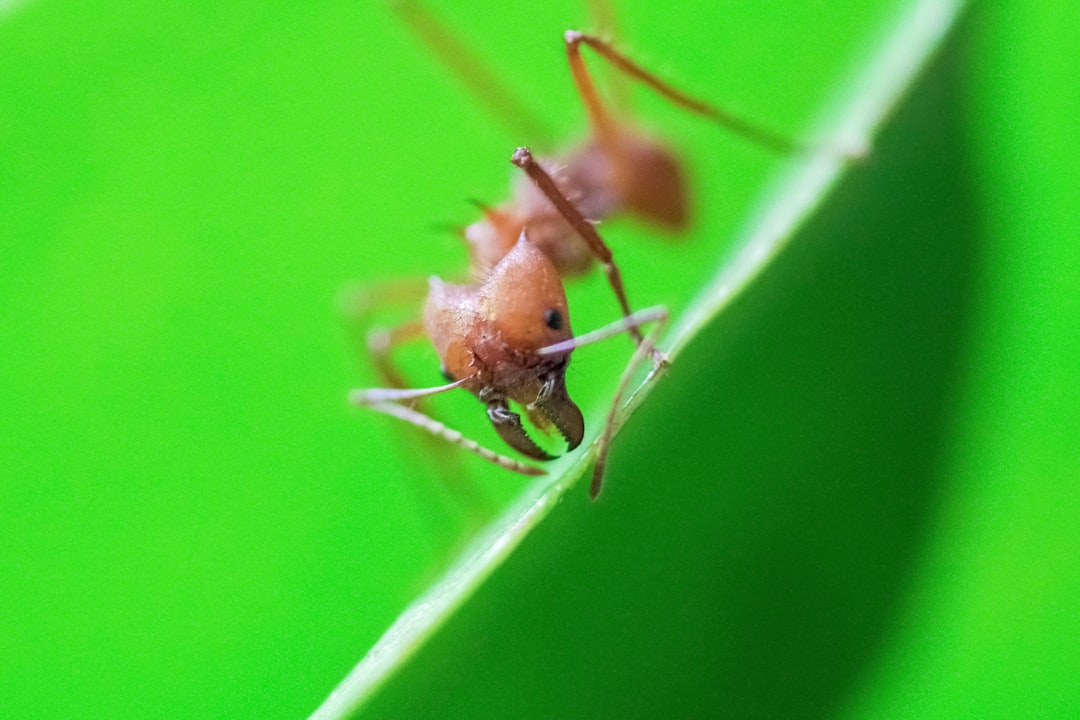What is it about?
Sponge biomass growth process has increased the interest in sponge biology studies and in commercial and environmental application, to solve supply problems and to monitor stressful environmental conditions. This article reports the comparative microscopic anatomy of a Haliclona species under health and stressful growth conditions. Two distinct regions were identified in Haliclona sp. digitiform developmental growth program when the sponges are in growth condition, contrasting with stressful condition. The tip of the growing Haliclona digit is filled with collagen fibers aligned longitudinally and anchored to the epithelial out-layer (exopinacocite). Collagen secreting cells are associated with the collagen fibers at the digit tip. During stressful conditions without growth, less collagen fibers and secreting cells were evident, the fibers were not anchored to the pinacoderm and a subdermal space was evident separating the fibers and the tip out-layer. Those are equivalent structures of proximal regions of the digit. As a conclusion, collagen production pushes distally the tip for digit extension. Together with proximal/distal digit growth, the volume of the digit also increases in growing condition. The more the observer moves proximally, the more abundant are the feeding structures and thicker is the digit. This mature choanosome region is characterized by the presence of a subdermal space under the pinacoderm, abundant aquifer channels and choanocyte chambers. Since feeding structures are responsible for the thickening of the digit, without growth the choanoderm becomes more disorganized, as contrasted with optimal conditions.
Featured Image

Photo by NOAA on Unsplash
Why is it important?
Sponge biomass growth process has increased the interest in sponge biology studies and in commercial and environmental application, to solve supply problems and to monitor stressful environmental conditions. This article reports the comparative microscopic anatomy of a Haliclona species under health and stressful growth conditions.
Read the Original
This page is a summary of: Distinct histomorphology for growth arrest and digitate outgrowth in cultivated Haliclona sp
. (Porifera: Demospongiae), Journal of Morphology, September 2017, Wiley,
DOI: 10.1002/jmor.20741.
You can read the full text:
Contributors
The following have contributed to this page










